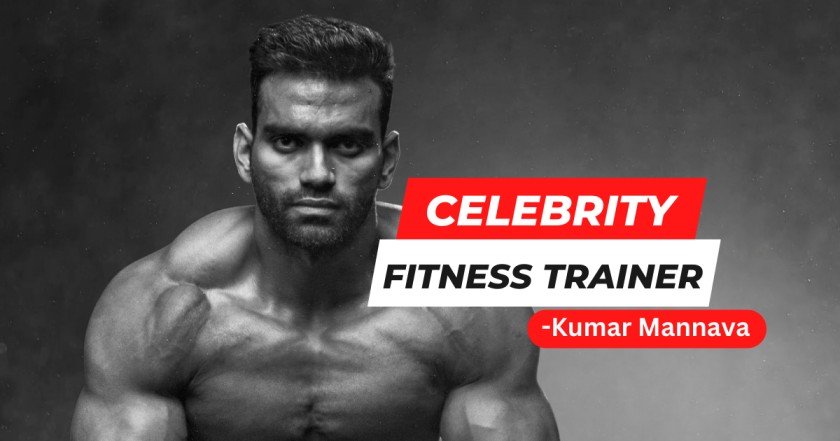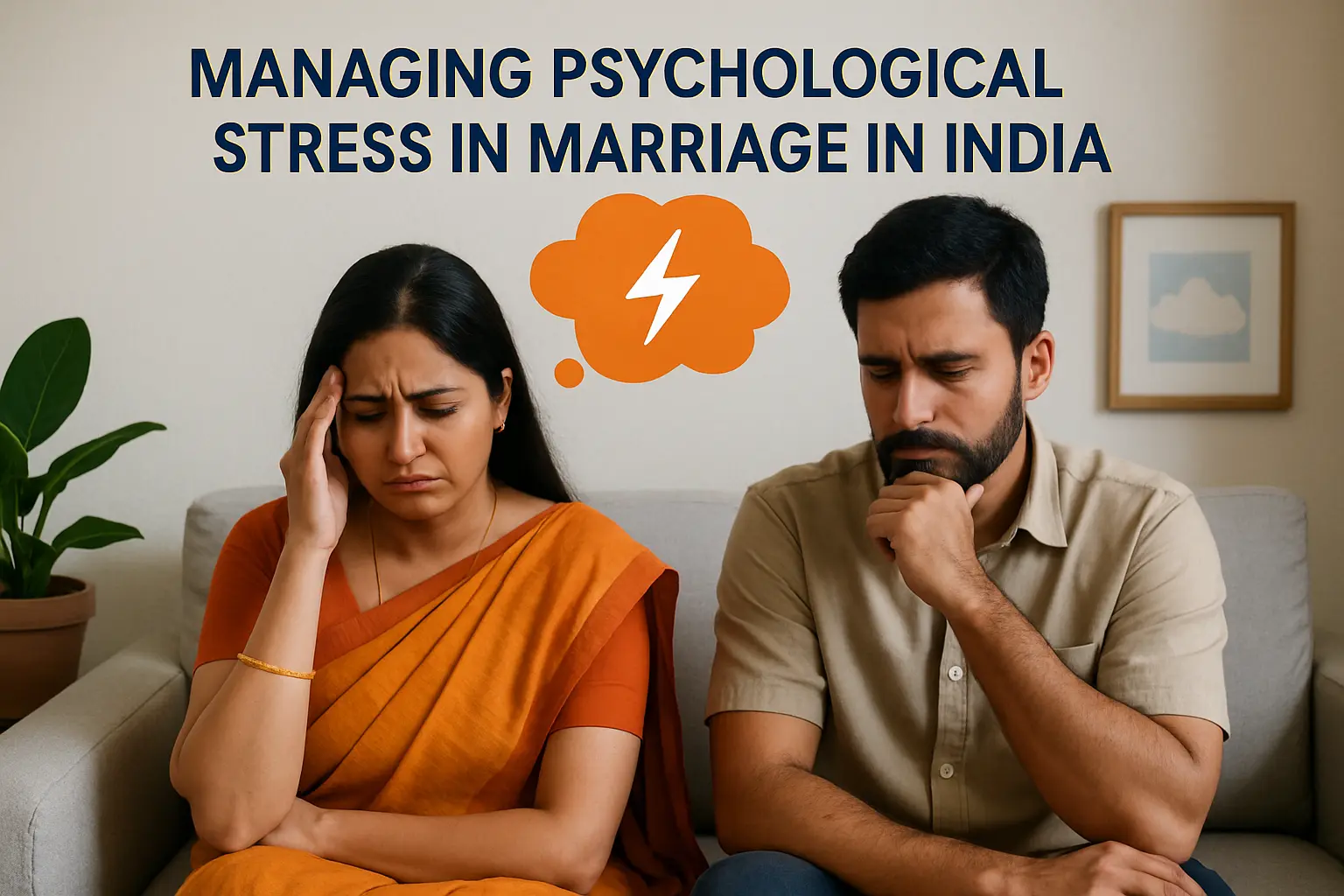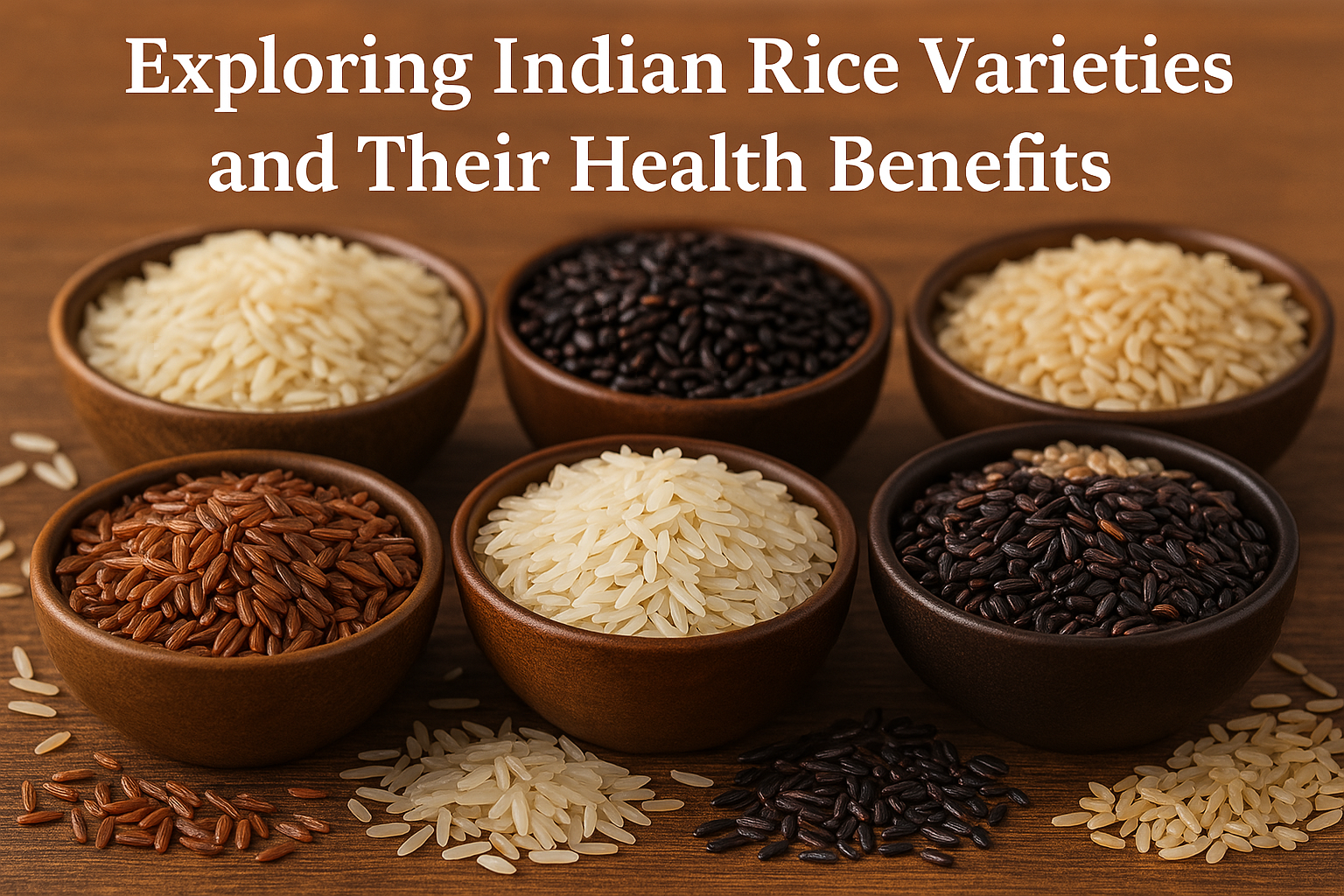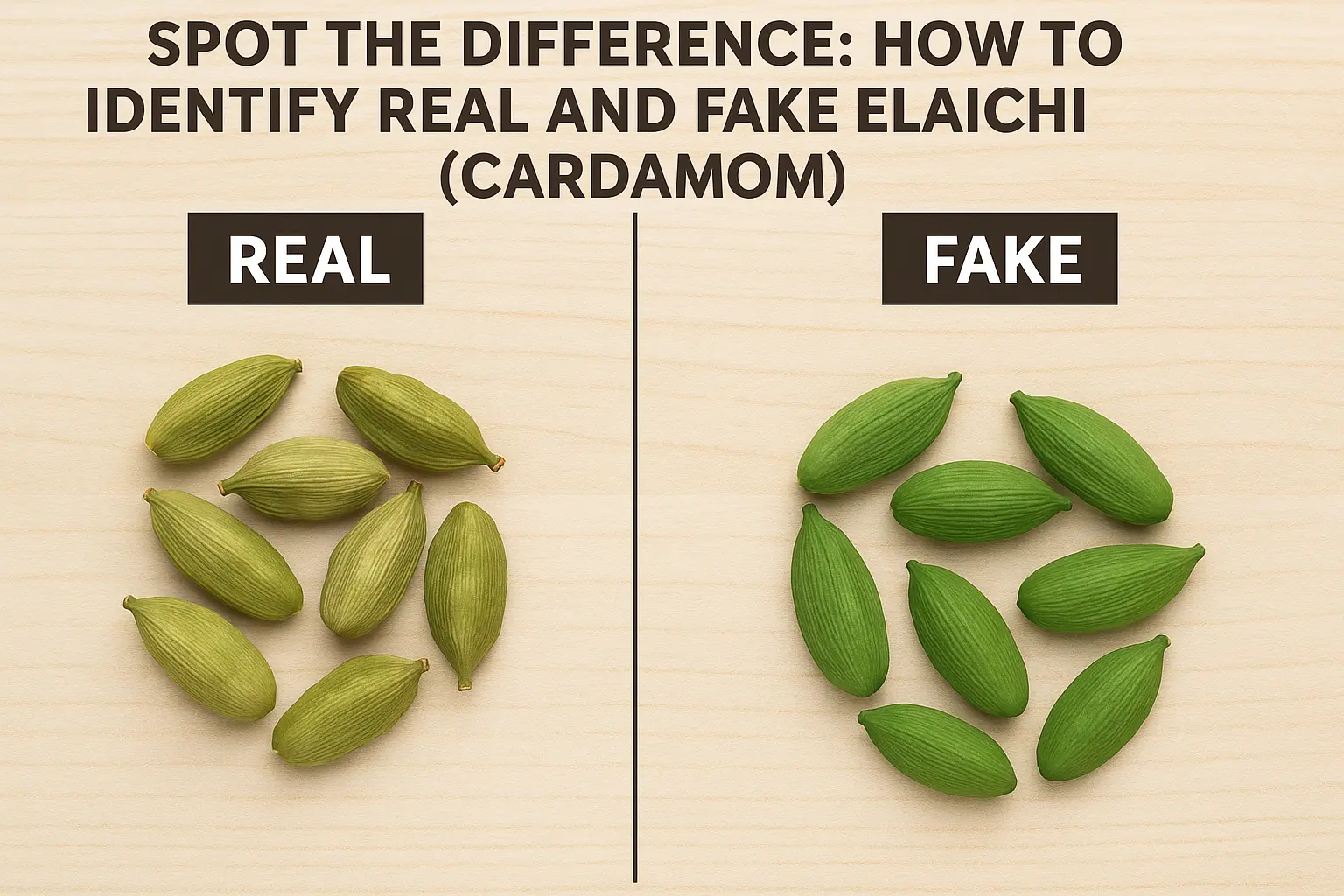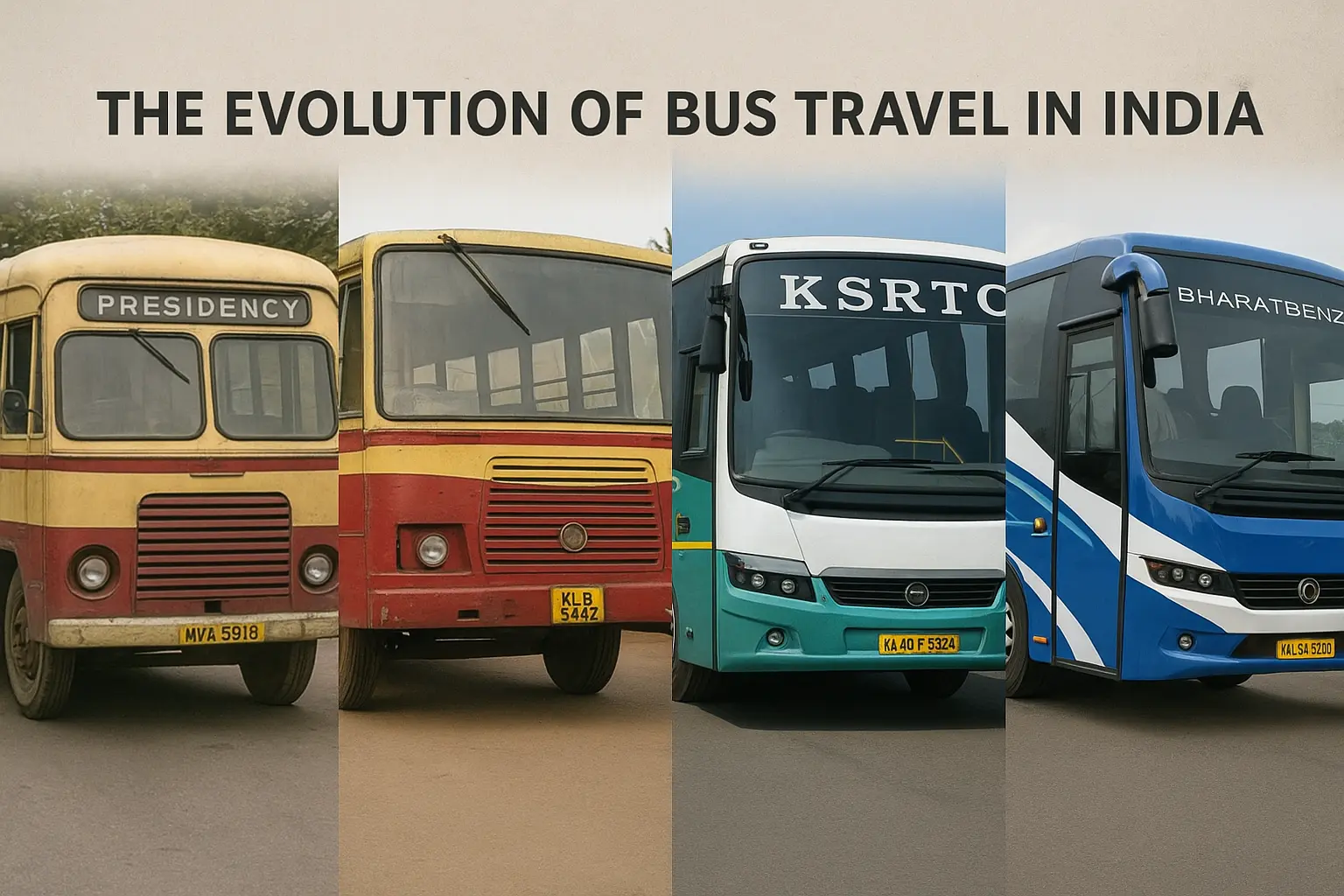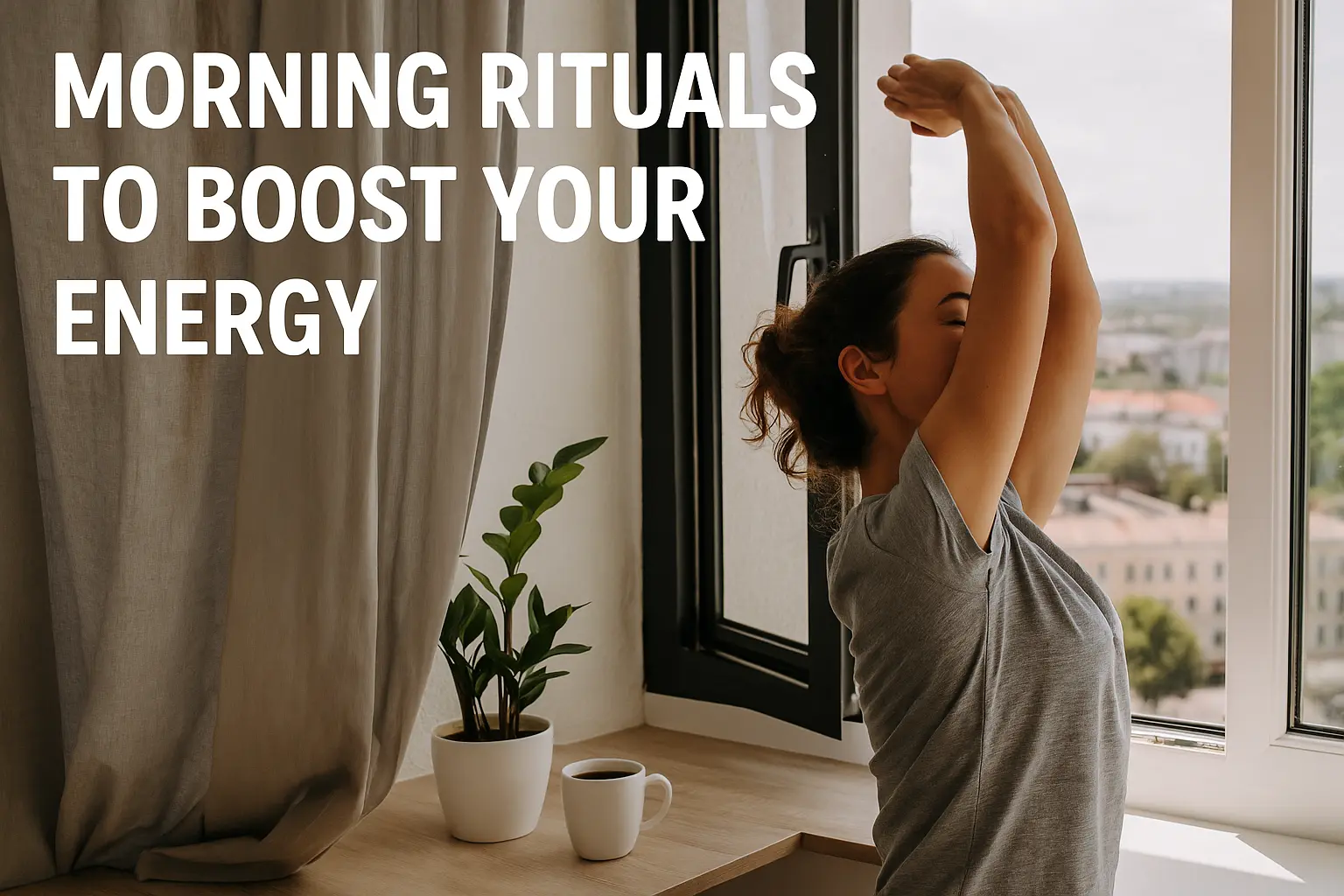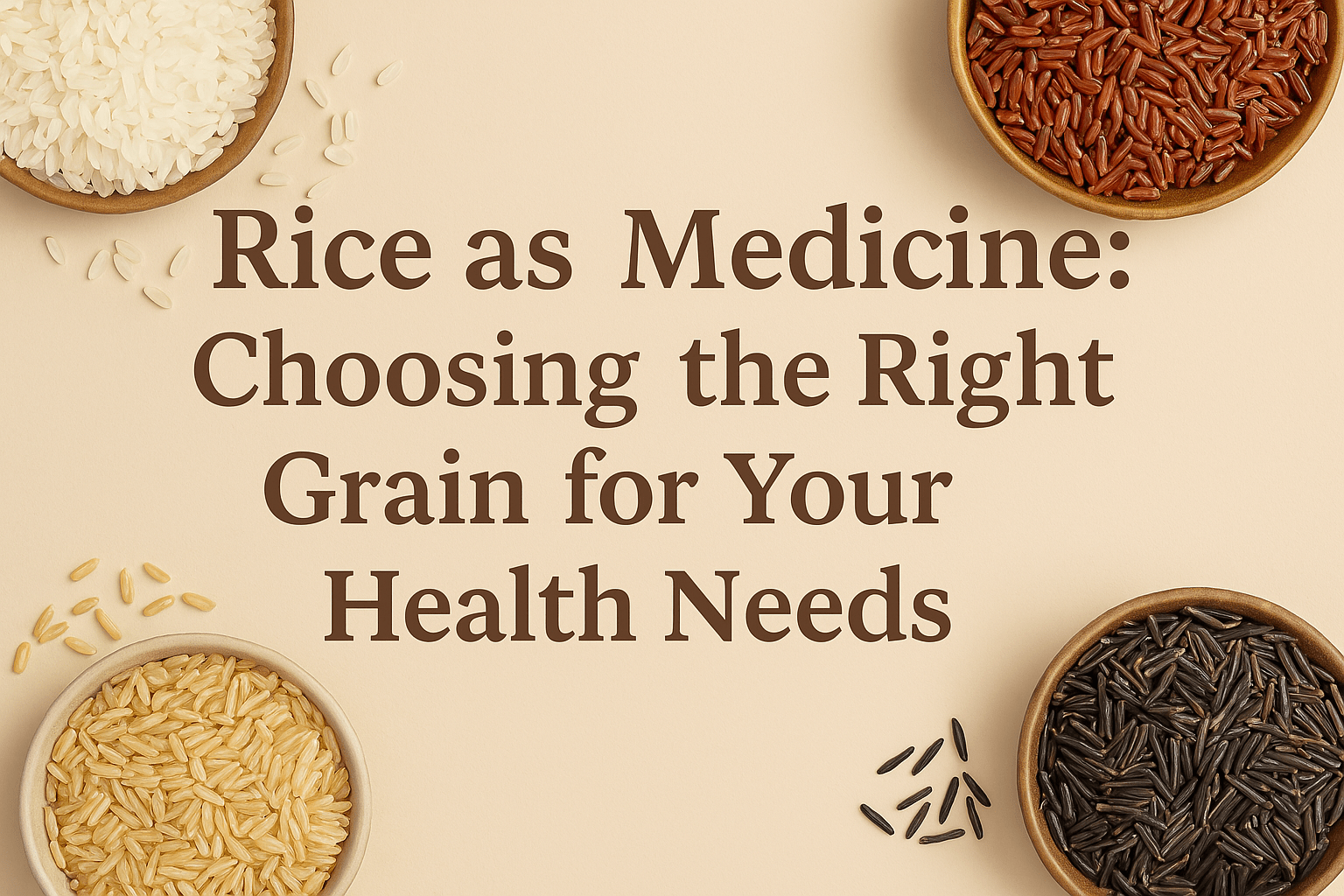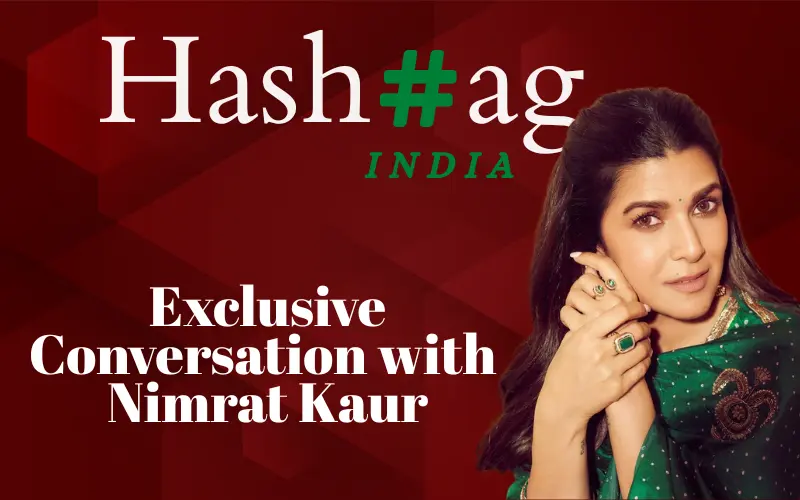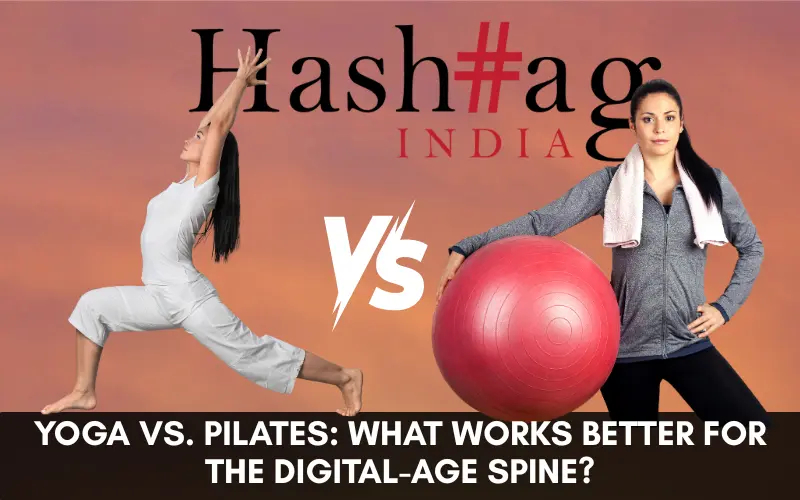Celebrity fitness trainer Kumar Mannava who has trained the likes of Allu Arjun, Mahesh Babu, Jr. NTR, and Kalyan Ram, talks about the scientific ways to achieve a six-pack body in a candid conversation with Hari Krishna.
Kumar, tell us about your fitness journey and how you become a celebrity trainer.


I was always passionate about fitness and started working out when I was 13. I am an engineer but I didn’t want to spend my life at a desk job. I drifted to the fitness world, moved abroad, and got educated and certified in fitness. Then, I moved back to India and started training people. I have trained Allu Arjun, Mahesh Babu, Jr. NTR, and Kalyan Ram. I treat every client the same, being a celebrity does not make a difference in my coaching approach.
What is the best way to achieve a six-pack body?
A six-pack is just like any other muscle, you have to train for it, and your genetics determine how many abs you have. It is a two-way process. You must build muscle with core exercises and reduce overall body fat with proper nutrition for the abs to show. Coming to the exercises, one can choose to do sit-ups, rope crunches, planks, and leg raises, depending on their ability. Moving to nutrition, one must include 1.5-2x grams of protein per kg of body weight, derived from any vegetarian or non-vegetarian source based on personal preference. Chicken, fish, paneer, and lentils, just to name a few.


What are the three common mistakes that beginners must avoid?
- Refrain from overtraining at the gym; more is not always better. Workout is one of the last factors in building muscle. Following proper nutrition, eating right, and getting adequate rest are more important.
- Not eating right, beginners must prioritize eating the right mix of macros, protein, carbs, and fats and avoid eating junk and processed foods.
- Beginners should learn the proper techniques to perform exercises and educate themselves about these techniques to prevent injuries. They must take the help of a qualified trainer to learn the exercises.
There is a lot of buzz around supplements. What is your take on them?
The word itself implies that it is a supplement to your diet. Firstly, one must ensure a healthy, balanced diet with the right mix of protein, carbs, and fats. However, considering the current lifestyles of many, specific vitamins like D and B12 might be deficient. Vitamin B12 is essential for heart health, brain functioning, and energy levels. Vitamin D is responsible for producing necessary hormones in the body. You can use multivitamins if you are deficient in these micro-nutrients.
Quick Takes:
- Out of all the celebrities you have trained, who is your favorite to work with?
A: I enjoy training everyone, celebrities or non-celebrities. These celebrities are not arrogant but keen to listen and learn from me.
- Who do you think has the best physique in the film Industry?
A: I like people who are consistent with their fitness regime. Personally, I like Sonu Sood, I have seen him training and taking care of his nutrition. Tiger Shroff, too, has an incredible physique and is very fit overall.
- What keeps you motivated to work out regularly?
A: I have 25 years of experience training and helping people with their fitness goals. I have a lot of people that look up to me as an inspiration, young trainers and gymgoers consider me as their idol. This keeps me motivated to stay in shape. Also, I love working out.


